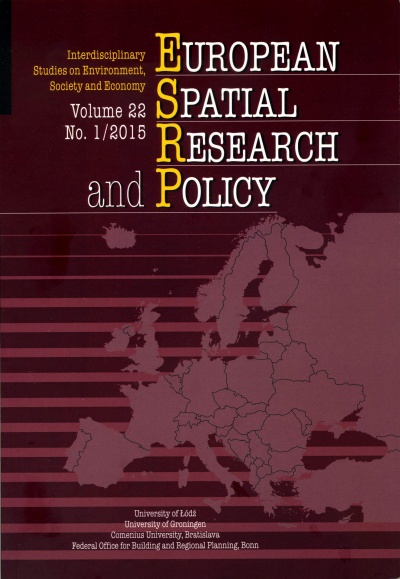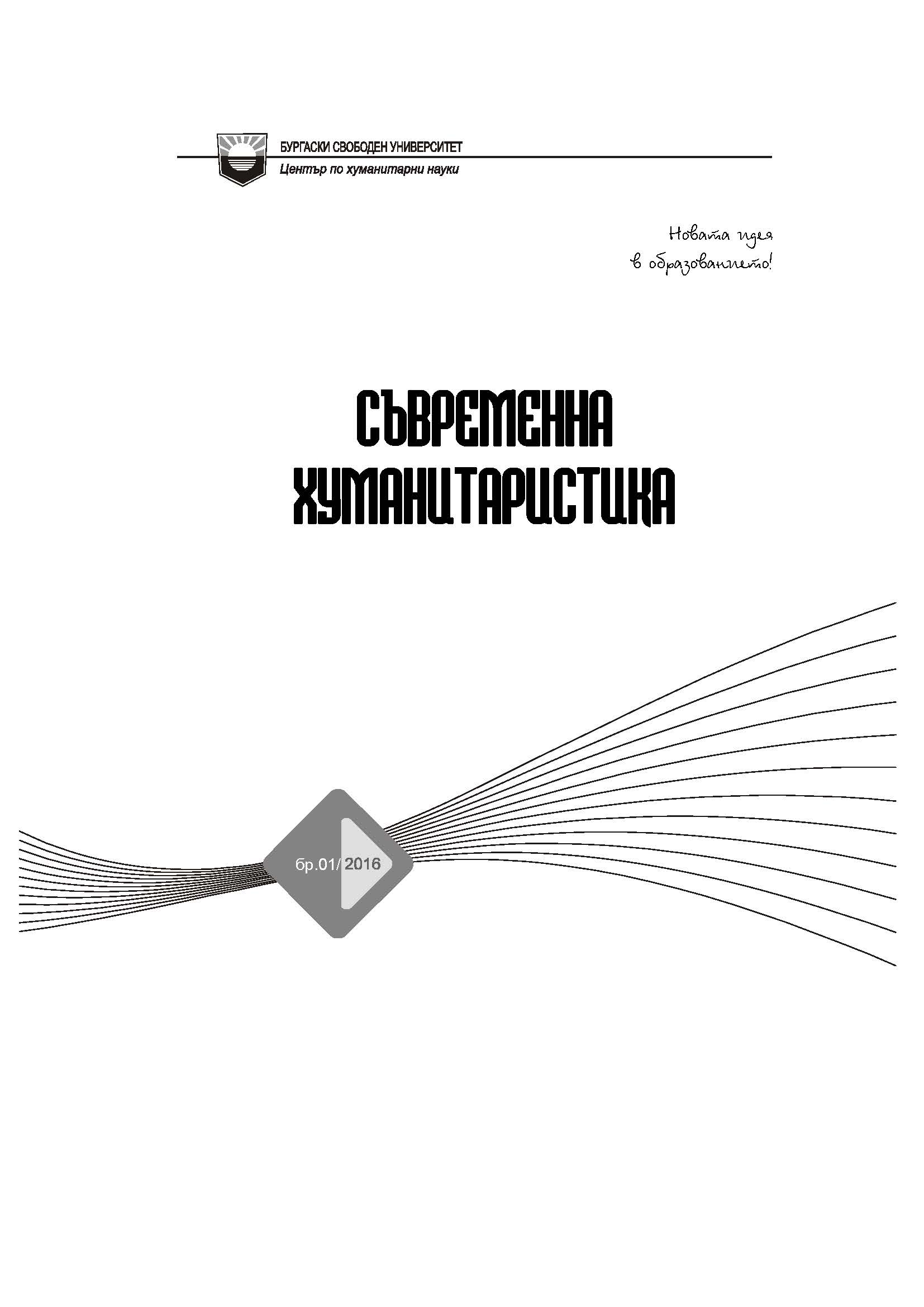
We kindly inform you that, as long as the subject affiliation of our 300.000+ articles is in progress, you might get unsufficient or no results on your third level or second level search. In this case, please broaden your search criteria.





The digital turn in the study of the press is illustrated by the fact that in the last decade an enormous number of newspapers and periodicals have become accessible and searchable in electronic archives. The paper begins by critically discussing the current (2013) infant state of digital scholarship with a special focus on the methodological possibilities and challenges posed by the analysis of ‘big data/text’ in the humanities. It presents a revised version of a digital method – introduced by the author in 2010 – which, among others, may be used to investigate and visualize the evolution, distribution and frequency of words in digital press archives, as well as to explore long-scale trends and patterns in historical, literary, linguistic and cultural processes. This paper also highlights the strengths and limitations of this method by giving a case study of how the representations of Hungary in the seventeenth- and eighteenth-century English press may be examined. It provides a ‘distant reading’ of those newspaper articles of the Burney Collection of the British Library which make reference to Hungary and Hungarians, and places the preliminary findings in their historical context. For example, it explains the increase in references to Hungary in certain years. The distant and close readings of this largely ignored English press material concerning Hungary signpost new areas for research into the English public perceptions of contemporary Hungary, as well as the diplomatic, political, cultural and economic aspects of English–Hungarian relations during the period.
More...
The study focuses on the conversion of Jews in Buda, Óbuda, Pest and Vienna between 1746 and 1850. The converts belong to two main groups: those converting in Hungary and those who converted in Vienna, but were residents of Hungary. Although the number of converts was not really significant, the fact and the phenomenon of conversion raise several demographic, economic and social issues and had an influence on both the Jewish and the Christian society. On the basis of the converts' background we can observe two societies: a traditional society and a transitional society, in which the framework of the traditional society lives on, but the beginnings of a new, modern society are also visible. In the traditional society, conversion was the choice of underprivileged people, whereas in the transitional one was also chosen by those who were hoping to economically and socially benefit from it. Many Jews chose to convert to Christianity in order to climb the social ladder. In Buda, Óbuda, Pest, the conversion could be interpreted as an expression of Hungarian nationalism
More...
Mór Jókai played a crucial role in Queen Elisabeth's cult in Hungary, almost unnoticed did he become one of its main ideologist by formulating the identification elements that had always represented the dominant segment of Elisabeth's reception in Hungary. In this respect, his activity after Elisabeth's death is well known: his public appearances, his numerous publications, including his obituaries, are rich sources from which passages reappear time and again as oft-quoted sentences in books dedicated to her memory, though occasionally in corrupted or truncated forms. But even his earlier writings are rather remarkable and – foreshadowing the ever more evident expressions of his sympathy with the Habsburgs – can be regarded, alongside the court anecdotes, as the main current of the cult's (text) corpus. At the time, the portrayals of Elisabeth were always characterized by an ecstatic approach and passionate idealization (obviously, even in the case of Jókai). Only within this framework was there any room for diversity, with the extension of previously described elements, which meant an ever broadening scope, continuously enriching the picture of Elisabeth. At the same time, the repetition of the previous motifs of reverence was also more obvious. At first, this could have seemed a compulsion, but later it became an integral part of the cult.
More...
The paper provides a social historical analysis of the writing career of Janka Wohl and Stephanie Wohl. It proposes that periodicals were instrumental in shaping writers' life work, and that the press of the time requires particular attention when studying the 19thcentury history of authorship. It is based on the analysis of Stephanie Wohl's only letter of biographical relevance and on the wider, contextual presentation of some of the statements in the letter. The paper follows the life of the Wohl girls starting with a description of their family background and their education, until their career as writers and editors. It also discusses their reception in contemporary society and social life. The life of the Wohl sisters unfolds in the context of two significant social historical processes of the 19th-century: assimilated Jewish intellectuals and the emancipation of women. Their ambitions as writers are coupled with a strong assimilation urge, while the roots of this are explained through a presentation of the wider context of their family history. For them, the “life form” of the intellectual, which guaranteed integration into the society of Hungarian language and culture, was attainable through a fellowship with the Lutheran intelligentsia. And the Lutheran environment explains not only their writing activity, but also their skills to get along and act as organizers in the social life of their time.
More...
The paper focuses on the life of Magda Vécsey (1873–1960), who was born to the second most influential family in the former Szatmár county. The Vécsey family has mostly been neglected by historians despite the fact that it played a role in both local and national politics. The analysis is also an opportunity to draw some conclusions relevant to the history of mentalities. A native speaker of Hungarian who could also communicate in multiple languages, the baroness was raised in a Catholic spirit and studied at the Sacré-Coeur, an elite school for aristocrats in Budapest. After her childless marriage, she practically lived the life of an independent magnate. In her world view, the conservative values she had absorbed in the family were determinant, just as a high degree of tolerance and openness toward certain achievements of modernization. As her family, both on her father's and mother's side, belonged to the elite traditionally engaged in politics, countess Cebrian also showed keen interest in political events. First, her political views were influenced by the views of her parents, then those of her brothers. As much as she could, she utilized her network of social contacts to support members of her family and help them succeed in life, while she did not forget about her duties as a member of the Order of the Star Cross, either. Due to her education, she was characterized by the kind of patriotism that was compatible with loyalty to the Habsburg dynasty. The Vécseys of Szatmár, who had still been considered aristocrats during the period of embourgeoisement, gradually lost their financial stability after the crisis period of the dual monarchy. Losing the world war, the disintegration of the Austro-Hungarian Monarchy and the ensuing events took them by surprise. Family cohesion was shattered by the consequences of the Trianon peace treaty. The Horthy era brought about a significant loss of status for the historical aristocracy. Among the Vécsey siblings, perhaps it was Magda who could adapt the most successfully to the new circumstances. It was in the seat of the former Zemplén county that she survived the second world war and the change of regime that left no room for the aristocracy.
More...
The career and lifework of Gyula Szekfű (1883–1955) are marked with so many and such radical political changes that we need to find an answer to how he could reconcile his metamorphoses with each other and with himself without losing his self-identity. Between 1913 and 1920, the historian took an anti-liberal and conservative ideological turn, which led him to a conservative revision of Hungarian historiography (1918–1934). Between 1933 and 1944, we can witness another transformation, which according to Zoltán Szabó, the writer of one of his obituaries, could have made Gyula Szekfű “the mentor of a cautious reform spirit” had it not been for the Soviet occupation (1934–1944). Finally, between 1945 and 1955 came the turn which transformed the historian from a moderate democrat columnist of the civil democratic Világ into a proponent of unconditional deference to the Soviet Union (1945–1955). Yet if we take a closer look, we can find the constant elements, the constructs and the core of his views, narrative, role and self-image behind all these metamorphoses and mimicries. The core on which he founded his self-identity and on the basis of which he could recreate it time and again. So much so that between 1918 and 1955 he could not even notice any changes in it. With the help of contextual intellectual history, the reconstruction and analysis of key concepts, and the reconstruction, analysis and interpretation of the interpretative framework and method, the paper explores the birth, between 1914 and 1918, of these constructs that provided the foundation for his world view and selfidentity.
More...
Kovács István: Bem tábornok. Az örök remények hőse. Magyar Napló, Budapest, 2014. 385 oldal
More...
Mitrovits Miklós: Lengyel, magyar „két jó barát”. A magyar–lengyel kapcsolatok dokumentumai, 1957–1987. Napvilág Kiadó, Budapest, 2014. 844 oldal
More...
Sabine Rutar (ed.): Beyond the Balkans. Towards an Inclusive History of Southeastern Europe. Lit Verlag, Zürich– Berlin, 2014. 499 oldal
More...
Glant Tibor: Amerika, a csodák és csalódások földje. Az Amerikai Egyesült Államok képe a hosszú XIX. század magyar utazási irodalmában. Debreceni Egyetemi Kiadó, Debrecen, 2013. 259 oldal
More...
Studied are the transformative paradigms in the contemporary humanitaristics, related to the functions of the book, the text, the reader, the library, the media in the modernity and the necessity of seeking new learning models of the interdisciplinary knowledge. Presented are practical uses of multimedia integrative forms in the tuition of students journalists.
More...
The paper addresses the issue of career success from the point of view of the demands of the changing job market in the 21st century. The traditional and the new concepts of career and career success are reviewed in light of the ‘connection economy’ which demands networking skills, synchronization, trust and exchange of ideas.
More...
This paper looks into the history of teaching of the academic subjects in the field of the Science of Psychology, in the specialisms and professional areas available at Burgas Free University since its establishment.
More...